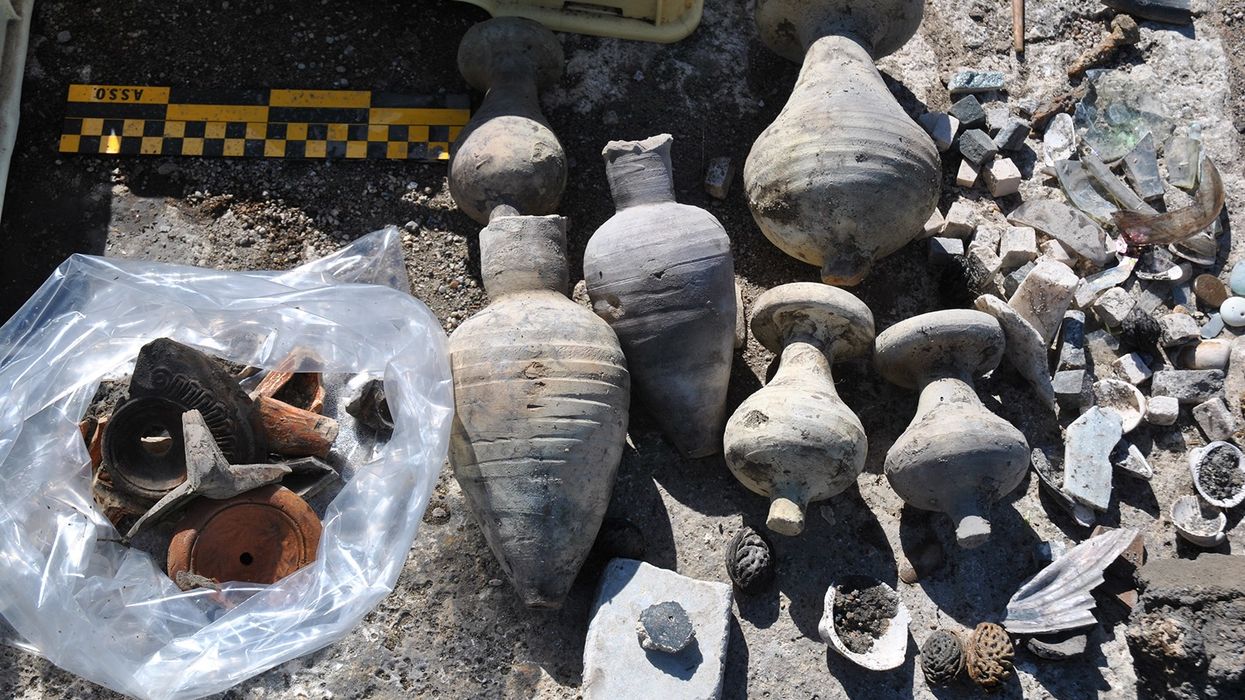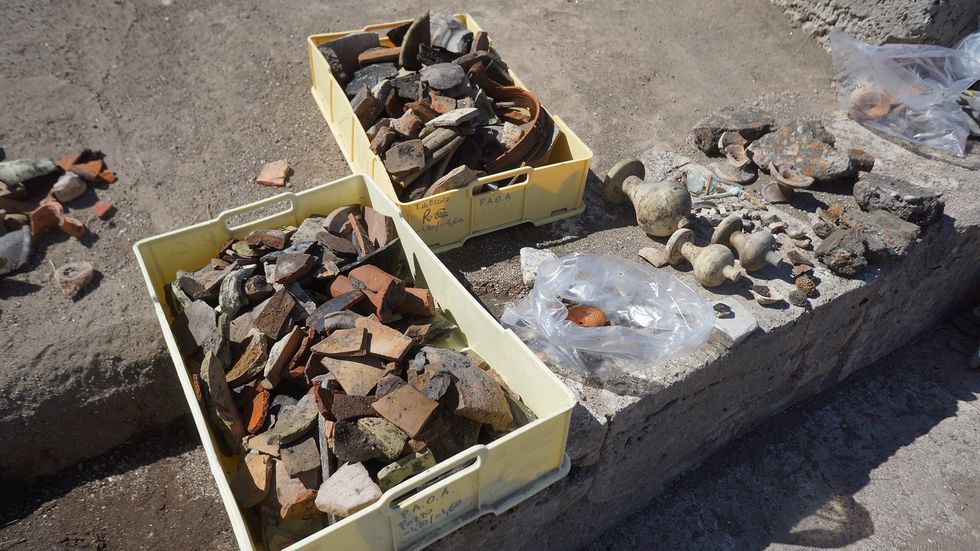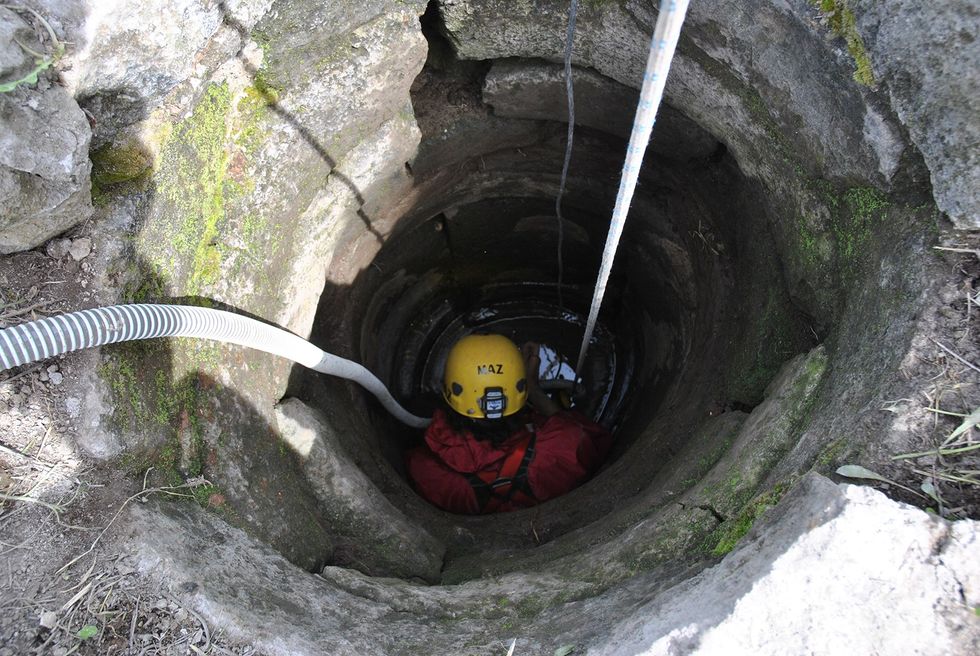Ancient treasures: 2,000-year-old artefacts recovered from 'most important archaeological site' in Rome

Ancient treasures have been found buried deep in a well on the outskirts of Rome
|Ministero della Cultura

The treasures were discovered while the well was being excavated as part of a restoration project
Don't Miss
Most Read
Ancient treasures have been found buried deep in a well on the outskirts of Rome, archaeologists have said.
The priceless objects remained hidden for almost 2,000-years in a 10-foot-deep well in the Roman city of Ostia Antica.
The treasures were discovered while the well was being excavated as part of a restoration project.
"Ostia Antica is a marvel," Italy’s Minister of Culture, Gennaro Sangiuliano said.

The priceless objects remained hidden for almost 2,000-years in a 10-foot-deep well in the Roman city of Ostia Antica
|Ministero della Cultura
"It represents one of the most important archaeological sites in our nation, within which there are great values.
"And, above all, there is a great history, the history of Ancient Rome."
Photos of the findings have been released by the ministry as well as images of a worker being lowered into the well.
The site is located around a 45-minute train ride from Rome.
LATEST DEVELOPMENTS:
Officials say the pieces have been well-preserved as they were smothered in oxygen-poor mud.
Among the items found were ceramics, lamps, as well as fragments of glass containers and marble.
Archaeologists also discovered burnt animal bones which are believed to have been used as part of a ritual or sacrifice.
One of the most significant finds was a carved wooden object in the shape of a funnel or chalice.

The treasures were discovered while the well was being excavated as part of a restoration project
|Ministero della Cultura
The well is near a temple complex which is thought to have been built around 300 BC.
It comes just days after a new set of drawings were found in Pompeii.
The discovery hopes to provide further insight into life in the Roman city ahead of the eruption of Mount Vesuvius.










